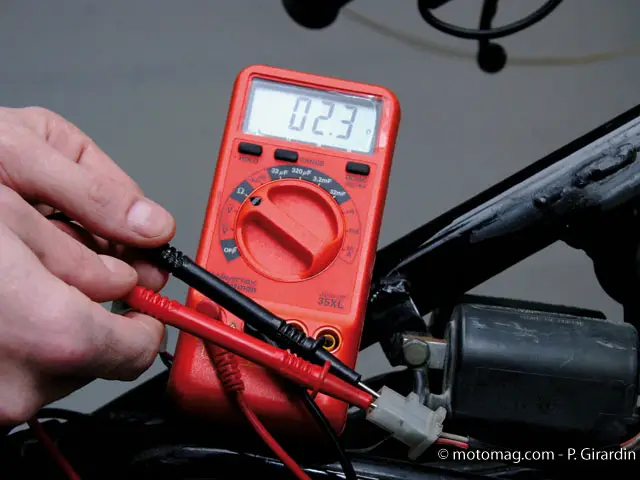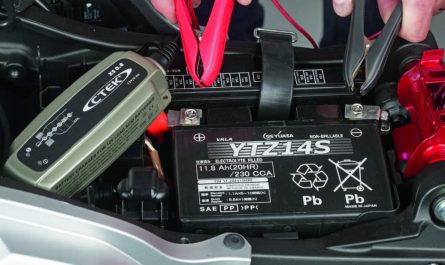Whether you are doing a full tune up or just changing the spark plugs, the spark plug wires (also called ignition cables) should always be checked first. This is necessary due to the aging of the spark plug wires due to their exposure to extreme temperatures (hot and cold), engine chemicals (oil, grease, coolant, etc.) and electrical stress. Common signs of spark plug wire failure are decreased horsepower, acceleration, and fuel mileage. Also, the engine light coming on or visible damage to the cables could be signs of a faulty wire. How then can you test a motorcycle spark plug with a multimeter.
Motorcycle spark plugs - General information
There are a whole bunch of motorcycle spark plugs on the market that meet specific needs. So, before you get started, we advise you to take a look at our complete guide on the subject.
What to look for
First check the spark plug wires for visible damage. Look for any signs of melting or cracking. The following situations require immediate replacement of the spark plug wires:
Vibration damage - Constant wear caused by engine vibration can loosen the electrical connection at the spark plug. This results in an increase in the voltage required to ignite the spark plug, which can damage the ignition coil as well as the spark plug leads.
Heat damage - Heat from the motor can burn the insulation of the wires and sleeves. A damaged sleeve can prevent the good positioning of the spark plug wire and performance. Insulation of the damaged wire from the head may allow the voltage to jump to ground rather than skipping the gap at the bottom of the spark plug.
Abrasion damage - When the spark plug wires rub against engine parts, especially sharp edges, it causes cuts and breaks in the insulation. When this happens, the voltage may jump to ground instead of reaching the spark plug.
Test your motorcycle's spark plug with a multimeter
Use the digital multimeter, set to Ohms Ω. Just attach or hold a measuring probe on each end of the cable and read the total resistance on the meter. Experts suggest that the maximum resistance should be 4000 ohms per meter. However, some OEMs have recommended different maximum strengths. Consult a tuning manual for exact specifications.
Multimeter available on Amazon
Attach the test lamp to a good engine ground. When the engine is running, move the test lamp along each spark plug wire. If a spark jumps from a spark plug wire to the test lamp at any time, this indicates that the insulation is broken and the spark plug wire needs to be replaced.
Please note: Try to avoid direct contact with metal parts of the vehicle when checking for shorts.
Other tests to do:
Then remove a spark plug wire from any candle. Attach a spark tester to the motor lead and ground. Run the engine and check for a good spark at the spark tester gap. A good spark will be blue-white and will be perfectly visible in daylight. If a good spark is present, the problem is probably not in the ignition system. Check the fuel system and / or the ignition timing.
Spark tester available on Amazon
Weak sparks are orange or red and may be difficult to see in daylight. If you did not see a spark, remove the spool wire from the distributor head. Attach the spark tester to the end of the coil wire located on the distributor side. Start the engine and check for a good spark at the spark tester. If a spark is present, the problem is probably at the distributor head, rotor or spark plug wires.
results: It is important to keep an eye on the wires of your spark plugs to avoid any future problems with the engine. Here's a guide to installing new wires if it's time to replace them.
Our recommended products for testing a motorcycle spark plug with a multimeter:
To conclude, here are some recommended products on Amazon:




